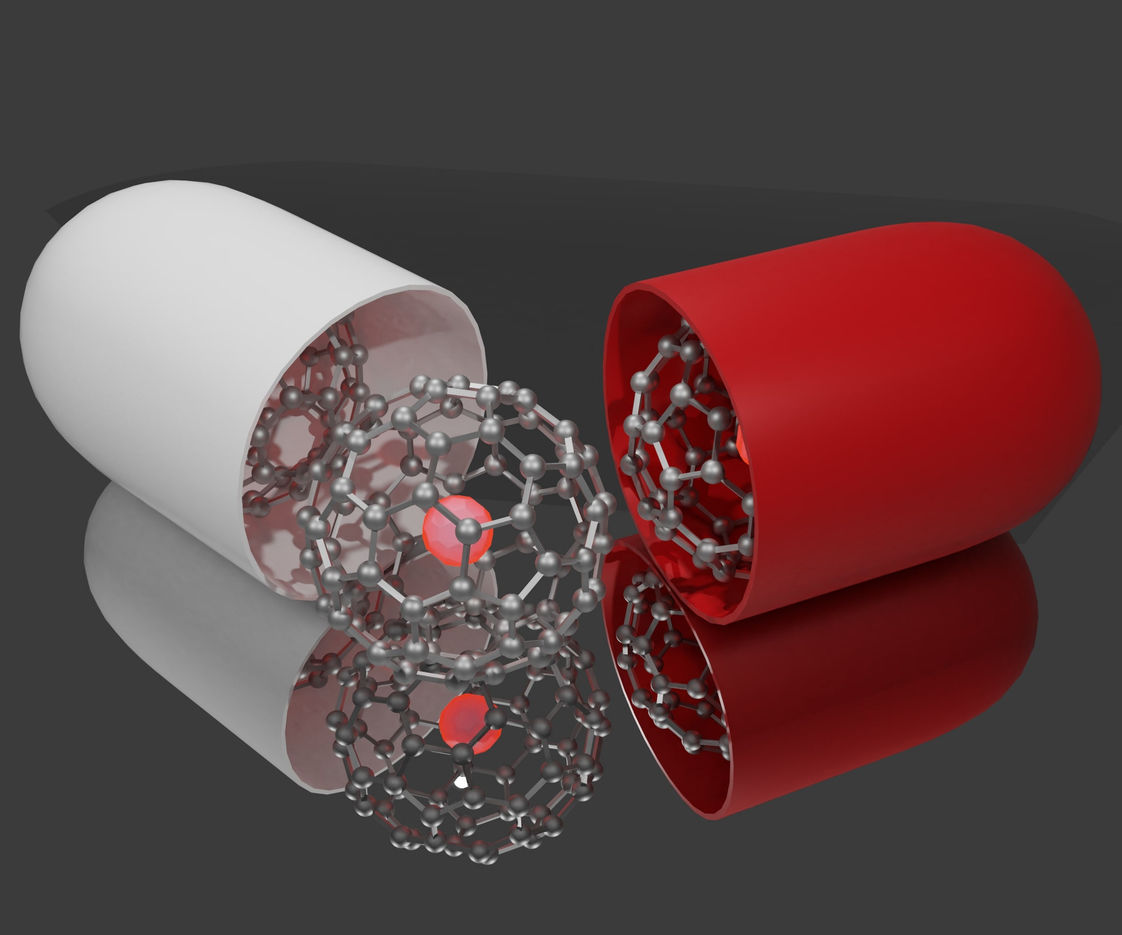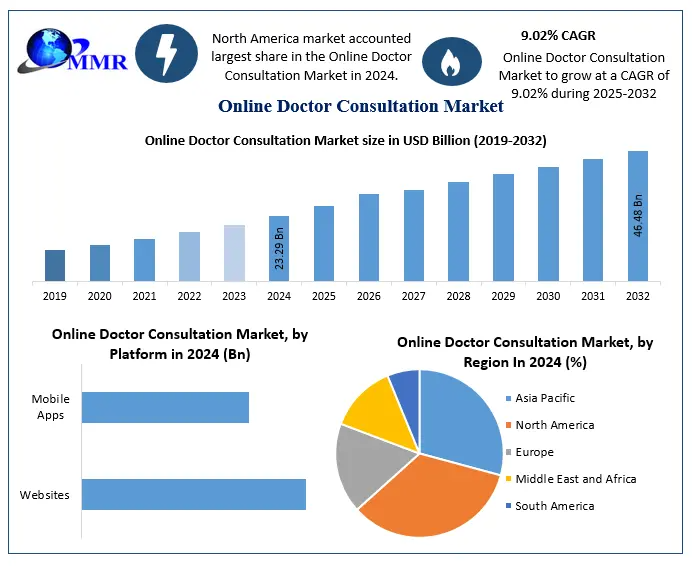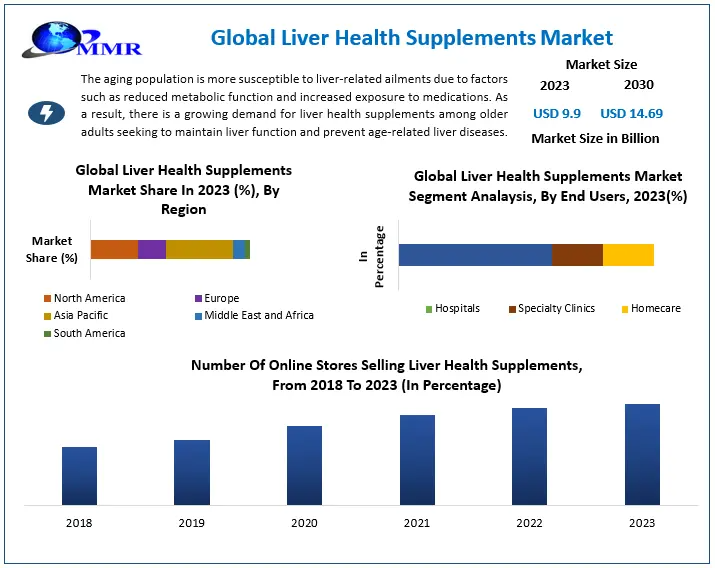Nanomedicine Market Set to Reach $368.05 Billion by 2030, Driven by Breakthroughs in Drug Delivery and Personalized Therapies
The Nanomedicine Market is poised for significant growth, projected to expand from USD 165.45 billion in 2023 to USD 368.05 billion by 2030, reflecting a robust CAGR of 12.1% during the forecast period. This surge is fueled by advancements in nanotechnology applications across diagnostics, therapeutics, and regenerative medicine, addressing critical health challenges such as cancer, cardiovascular diseases, and neurodegenerative disorders.
Market Definition and Scope Of Nanomedicine Market
Nanomedicine involves the application of nanotechnology in medical practices, utilizing materials and devices at the nanoscale (typically 1 to 100 nanometers). This field aims to revolutionize diagnostics, drug delivery, and treatment by offering precise and targeted approaches at the molecular level, enhancing effectiveness and reducing side effects. The integration of nanotechnology into medicine has opened avenues for innovative therapies, including targeted drug delivery systems, advanced imaging techniques, and regenerative medicine applications.
Growth Drivers and Opportunities
Several factors are propelling the growth of the nanomedicine market:
- Rising Prevalence of Chronic Diseases: The increasing incidence of chronic conditions such as cancer, cardiovascular diseases, and neurodegenerative disorders necessitates advanced therapeutic solutions. Nanomedicine offers targeted and efficient treatment options, improving patient outcomes.
- Advancements in Nanotechnology: Continuous research and development in nanotechnology have led to the creation of innovative materials and devices, enhancing the capabilities of nanomedicine in diagnostics and therapeutics.
- Government Initiatives and Funding: Governments worldwide are investing in nanotechnology research. For instance, in August 2020, the National Science Foundation announced an investment of USD 86 million over five years to advance nanoscale engineering, science, and technology.
- Collaborations and Partnerships: Key industry players are engaging in strategic partnerships to accelerate the development and commercialization of nanomedicine products, expanding their market reach.
Curious to peek inside? Grab your sample copy of this report now:https://tinyurl.com/jx5nkmxs
Nanomedicine Market Descriptive Segmentation Analysis
By Application:
- Drug Delivery: This segment dominates the market, accounting for a significant share due to the effectiveness of nanocarriers in delivering drugs directly to targeted cells, minimizing side effects and improving therapeutic efficacy.
- Therapeutics: Nanomedicine enhances therapeutic interventions by enabling the development of novel treatment modalities, including gene therapy and immunotherapy.
- In-Vitro Diagnostics: Nanotechnology improves diagnostic accuracy and speed, facilitating early disease detection and monitoring.
- In-Vivo Imaging: Nanoparticles enhance imaging techniques, providing detailed visualization of biological processes at the molecular level.
- Implants: Nanocoatings and materials improve the biocompatibility and functionality of medical implants, leading to better patient outcomes.
By Indication:
- Clinical Oncology: Nanomedicine offers targeted cancer therapies, reducing damage to healthy tissues and improving treatment efficacy.
- Infectious Diseases: Nanotechnology facilitates the development of rapid diagnostic tools and effective treatments for various infections.
- Clinical Cardiology: Nanomedicine aids in the treatment of cardiovascular diseases through targeted drug delivery and improved imaging techniques.
- Orthopedics: Nanomaterials enhance bone regeneration and the performance of orthopedic implants.
By Molecule Type:
- Nanoparticles: These are widely used due to their versatility in drug delivery, imaging, and as therapeutic agents.
- Nanoshells: Utilized in photothermal therapy, nanoshells can target and destroy cancer cells with minimal impact on surrounding tissues.
- Nanotubes: Their unique structure allows for efficient drug delivery and potential applications in tissue engineering.
- Nanodevices: These include nanoscale machines capable of performing specific tasks within the body, such as targeted drug delivery or cellular repair.
For Customization of the report, please refer to this link:
Country-Level Analysis: Nanomedicine Market
United States:
The U.S. leads the global nanomedicine market, with a market size evaluated at USD 98.48 billion in 2024, projected to reach USD 296.77 billion by 2034, growing at a CAGR of 11.66%. This growth is attributed to technological advancements, a strong research infrastructure, and significant government funding. The National Science Foundation’s investment in nanoscale research and the presence of organizations like the American Society for Nanomedicine contribute to the country’s market dominance.
Germany:
Germany is a key player in the European nanomedicine market, with companies like MagForce AG pioneering in magnetic hyperthermia for cancer treatment. Founded in 1997, MagForce was the first company to receive European authorization for a medical device containing nanoparticles in 2010. Germany’s strong biomedical engineering sector and government support for nanotechnology research bolster its position in the market.
Competitive Landscape
The nanomedicine market is characterized by the presence of established companies and emerging startups focusing on innovation and strategic collaborations. Key players include:
- Pfizer Inc.: Engaged in developing nanotechnology-based therapeutics and vaccines.
- Merck & Co., Inc.: Investing in nanomedicine research for oncology and infectious diseases.
- Johnson & Johnson: Focusing on nanotechnology applications in drug delivery and diagnostics.
- Abbott Laboratories: Developing nanoparticle-based diagnostic tools.
- MagForce AG: Specializing in nanotechnology-based cancer therapies.
These companies are leveraging partnerships, mergers, and acquisitions to enhance their product portfolios and expand their global presence.
Conclusion
The nanomedicine market is on a trajectory of significant growth, driven by technological advancements, increasing prevalence of chronic diseases, and supportive government initiatives. With its potential to revolutionize disease diagnosis, treatment, and prevention, nanomedicine stands at the forefront of modern healthcare innovation. Continued investment in research and development, along with strategic collaborations among key players, will be crucial in realizing the full potential of nanomedicine and addressing unmet medical needs globally.



